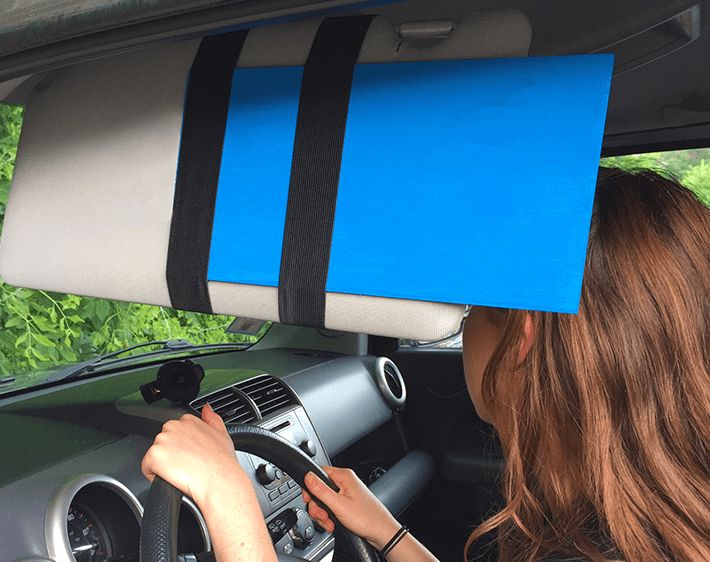Conventional wisdom suggests that winter roads and rear-wheel drive go together as well as oil and water. Which is to say: not at all! Why? The issue is weight distribution. In a rear-wheel drive vehicle, the engine's weight is in the front but the drive wheels are in the back. That’s a big difference when you need your tires to grip wet or icy roads. So what’s a rear-wheel driver to do, especially when winter is on its way? A little preparation can lead to safe travels in a rear-wheel vehicle even when snow blankets the road. Take these three tips to heart to survive winter with rear-wheel drive.
1. Add weight to the rear.
By adding weight to the back of the vehicle, you're essentially adding weight on the axle that provides power. "If there's weight on the axle and tires which spin," writes The News Wheel, "the car can grip better."
In a car, this means loading up the trunk. In a truck, this means loading up the bed. You can use sandbags, boxes of kitty litter, or even bags of dirt. On the plus side, sand and dirt can be used in your yard come spring, and kitty litter can be used to clean up oil spills in the garage! Talk about multi purpose materials.
2. Practice, practice, practice.
Driving school executive Todd Harris is blunt about rear-wheel drive. “Rear-wheel drive is the worst configuration to drive in the snow,” says Harris via U.S. News & World Report, but there’s a solution. “The only way you get better at anything is by practice.” When it comes to rear-wheel drive and winter weather, it can make all the difference.
You can do this by rehearsing cold weather driving in a rear-wheel drive vehicle and signing up for a winter weather driving class in your area. These classes teach car control techniques using vehicles that simulate skids in special, low-friction environments that mirror winter driving conditions. Rehearsal scenarios may include steering out of a skid and sudden braking in a slippery situation. There are winter driving skill clinics for teens, seniors, pretty much everyone! Do an online search for "winter driving schools" in your area to get started.
3. Leave the need for speed at home.
Be gentle with both the gas and brake pedal, while keeping your steering movements small and smooth. Take it slow and give yourself extra time to reach your destination. That way, you're less likely to rush your way into an accident.
“Anyone with an unfamiliar rear-wheel drive vehicle in a snowy climate should drive very carefully on snowy or icy roads, especially when turning,” advises Autotrader. Visit a snowy parking lot and slowly learn your vehicle's limits so you don’t find them out on the road when it’s too late, they add.
4. “Dress” your car for the weather.
You'd never leave the house during a blizzard without a coat, a hat, and a pair of gloves. Make sure to outfit your car for winter, too.
“Any car can be safe to drive in the snow, if it’s properly equipped for winter conditions,” says Keith Willcome, a project engineer with Bridgestone Americas Tire Operations, via U.S. News & World Report. This advice holds true for front-wheel drive vehicles, too!
Investing in a set of winter tires is one of the best ways to ensure your safety on wet, icy, or just plain cold roads. Today’s winter tires are designed with unique rubber compounds that help them stay flexible in cold to sub-freezing temperatures, all while providing great traction and grip. They'll help prevent the fishtailing that so many rear-wheel drivers fear when accelerating on slick roads, but also improve stopping ability.
Pro-Tip: Ask for a free brake check when your winter tires are installed. Worn brakes are dangerous even in the best of conditions, but winter weather and unpredictable roads can make them especially hazardous. Have your brakes inspected to make sure your car is in the best position to handle ice, snow, and cold.
As if we couldn’t rave enough about winter tires, consider this. When Quebec passed a law requiring winter tires on all passenger vehicles, serious accidents in the season fell by 46 percent in Montreal. That's definitely a number worth paying attention to. Compare winter tire prices online or at your local Firestone Complete Auto Care. Knowledgeable tire technicians are standing by to help you choose the best tires for your vehicle and climate!



